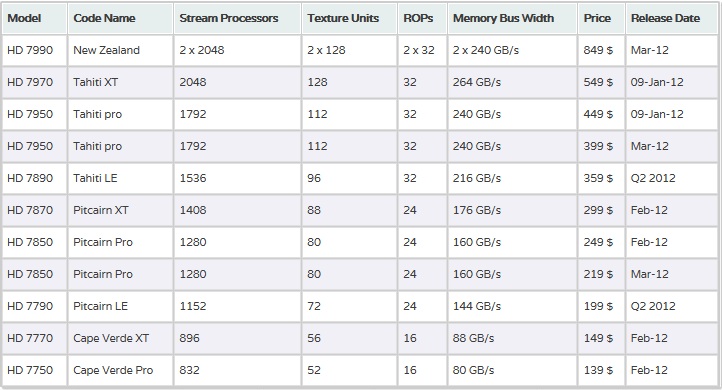


The clockspeeds on the 5830 will be 800MHz for the core clock, and 1GHz (4GHz effective) for the memory clock. Since Cypress has 4 ROPs per memory controller, AMD is able to disable 2 of them in each cluster without disabling memory controllers, so the 5830 maintains all 8 memory controllers and a 256-bit bus. Furthermore the ROPs are also taking a shave, with half of the ROPs (16) being disabled. Compared to the 5850 AMD is disabling another 4 SIMDs, giving us a total of 6 disabled SIMDs and 14 remaining active SIMDs. The 5830 will be using a more heavily cut down Cypress. With the 5830, they now have a place for those chips. The 5850 line sucks up chips that can’t meet the 5870’s clock targets and/or have a 1-2 defective SIMDs, but until now AMD hasn’t had a place to put a Cypress chip with further defects. Particularly when yields could be better, AMD wants to take every chip they can and do something with it. On the one hand it’s a card to fill a perceived gap in their product line, and on the other hand it’s an outlet for less-than-perfect Cypress chips. Much like the Radeon HD 4830 before it, the 5830 is a dual-purpose card.

Today they’re going to try to plug that hole with the Radeon HD 5830, the third and lowest member of the Cypress/5800 family. That pricing gap that was $100 has become $130-$140. The 5850 is now a $300 card, and the 5770 hovers between $160 and $170. Meanwhile a lack of pricing competition from NVIDIA has lead everyone in the chain to do some profit-taking that rarely gets to occur. AMD hasn’t been getting quite the yield they were hoping for from TSMC’s 40nm process. AMD said they weren’t concerned, citing the fact that there were still products like the 4890 to cover that gap. The MSRP on the 5770 was $159, the MSRP on the 5850 was $259 - there was a $100 price gap, cutting right through the $200 sweet spot. When AMD was launching the 5700 series last year, I asked AMD whether they were concerned about the pricing gap between the 5700 series and the 5800 series.


 0 kommentar(er)
0 kommentar(er)
